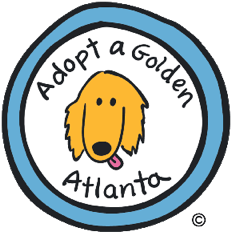What is canine epilepsy?
Epilepsy simply refers to seizures of unknown cause. Multiple tests and scans on these dogs will be normal. Seizures may occur as a one-time event or repeatedly. Dogs that have seizures from a diagnosed underlying cause such as a brain tumor or other conditions are not considered epileptics. In dogs, epilepsy is often an inherited condition. A high incidence of seizure disorders is found in Boxers, Cocker Spaniels, Collies, Golden Retrievers, Irish Setters, Labrador Retrievers, Miniature Schnauzers, Poodles, Saint Bernards, Siberian Huskies, and Wire-Haired Terriers. The prevalence of epilepsy in the general dog population has been estimated at .5 to 5.7 percent.
What should I do if my dog has a seizure?
Most seizures will be very brief. They may seem to go on forever, but the average seizure lasts less than two minutes. Looking at a clock and timing approximately how long the seizure lasts will be helpful. By observing exactly what your dog does during the seizure and writing it down, you will be able to provide the veterinarian or the neurologist with important clues to what is going on, so watch carefully. Make certain your dog is safe, that they won’t fall down stairs, bang into a sharp edge on the furniture, get tangled in an electric cord, or otherwise injure themselves. They will NOT SWALLOW THEIR TONGUE. They will frequently chomp their jaws so, if you try to pull the tongue out, either you or their tongue is likely to be bitten. KEEP YOUR HANDS AWAY FROM THEIR MOUTH.
The altered behavior following a seizure can often be as disturbing as the seizure itself. Most dogs will appear disoriented and blind for a period up to several hours after the seizure. Usually just leaving your pet alone and ensuring that they won’t injure themselves until they get back to reality is the best approach. Sometimes reassuring words and petting can calm them; other times they are oblivious to our attempts to help. Dogs can become irritable during the recovery phase. If your dog is very agitated or irritable, be careful, especially if children are involved, since the dog may snap even if they normally wouldn’t do such a thing. Don’t attempt to hug or hold them still if they are behaving this way.
Diagnosis and Treatment
If your dog has never had a seizure, it should be evaluated immediately by a veterinarian. Dogs who have a history of seizures and experience another brief seizure (<2 minutes) should be taken to the veterinarian when they open. If the seizure is prolonged or if the dog has seizures in a cluster (multiple seizures in a day), the dog should be immediately taken to the vet or an emergency clinic if it is after hours.
Medication is usually not prescribed unless the dog is having seizures more than once a month or if they have a cluster of seizures (multiple seizures over a course of a day). Medication is not likely to stop ALL seizure activity; it may just decrease the frequency and severity of seizures. Sometimes, under guidance of the veterinarian, medication dosages need to be adjusted to achieve the desired control.



